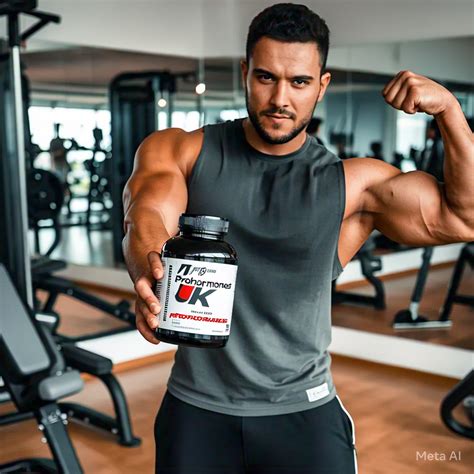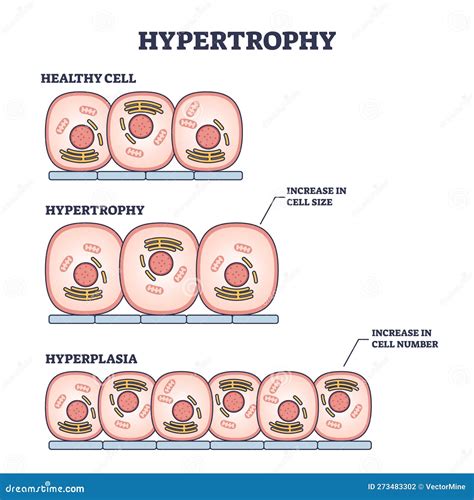Break strength plateaus: effective hypertrophy & recovery for peak performance?

Every dedicated lifter eventually faces it: the dreaded strength plateau. You’re putting in the work, but the numbers on the bar just aren’t moving. It’s a frustrating roadblock that can demotivate even the most seasoned athletes. But what if breaking through wasn’t about simply working harder, but working smarter? This article delves into the synergistic relationship between effective hypertrophy training and meticulous recovery strategies, offering a blueprint to shatter your plateaus and achieve peak performance.
Understanding Strength Plateaus: The Wall You Hit
A strength plateau occurs when your body adapts to the current training stimulus, and further progress stalls. This can be due to a variety of factors: insufficient training volume or intensity to trigger new adaptations, inadequate recovery leading to accumulated fatigue, poor nutrition, or even mental barriers. Your body is incredibly efficient; once it masters a movement and develops sufficient muscle and neural pathways, it needs a new, greater challenge to continue adapting and growing stronger.

Hypertrophy: The Key to Breaking Through
At its core, increasing strength often boils down to increasing muscle size (hypertrophy). Larger muscles have the potential to generate more force. Effective hypertrophy training isn’t just about lifting heavy; it’s about stimulating muscle growth through a combination of mechanisms:
- Mechanical Tension: The primary driver of hypertrophy. This involves lifting challenging weights through a full range of motion, providing a strong stimulus for muscle fibers. Progressive overload—consistently increasing weight, reps, or sets—is crucial here.
- Metabolic Stress: Often associated with the “pump” and the burning sensation during higher-rep sets. This involves the accumulation of metabolites like lactate, which can also signal muscle growth pathways.
- Muscle Damage: Micro-tears in muscle fibers that occur during intense training. The repair process of this damage leads to stronger, larger muscles.
To maximize hypertrophy, focus on a balanced approach: utilize a variety of rep ranges (e.g., 6-12 reps for most sets, with some lower and higher rep work), ensure proper form, and consistently apply progressive overload to your main lifts and accessory movements. Varying your exercises and training intensity periodically can also help keep your muscles guessing and prevent adaptation.

The Unsung Hero: Optimized Recovery Strategies
You don’t get stronger in the gym; you get stronger recovering from the gym. Recovery is where muscle repair, growth, and neural adaptations truly happen. Neglecting this crucial phase is a guaranteed way to hit and stay at a plateau.
Nutrition for Growth and Repair
Your body needs the right fuel to rebuild. Adequate protein intake (e.g., 1.6-2.2 grams per kg of body weight) is essential for muscle protein synthesis. Carbohydrates replenish glycogen stores, providing energy for subsequent workouts and aiding recovery. Healthy fats support hormone production and overall health. Don’t forget proper hydration, which is vital for all metabolic processes.

The Power of Sleep
Sleep is arguably the most critical recovery tool. During deep sleep, your body releases growth hormone, which is vital for muscle repair and growth. Aim for 7-9 hours of quality sleep per night. Poor sleep can elevate cortisol (stress hormone) levels, hinder recovery, and impair performance.

Active Recovery & Deloads
Light activity like walking, stretching, or foam rolling can improve blood flow, reduce muscle soreness, and aid nutrient delivery without adding significant stress. Periodically incorporating deload weeks—reducing volume and intensity significantly—allows your body and central nervous system to fully recover, making you stronger for the next training block and preventing overtraining.
Integrating for Peak Performance
Breaking plateaus and achieving peak performance requires a holistic approach. It’s about intelligently cycling periods of intense training with adequate recovery. Consider implementing periodization into your training, where you vary your training focus over time (e.g., blocks focused on strength, then hypertrophy, then power). Listen to your body: pay attention to persistent fatigue, joint pain, or drops in performance, as these are signs you might need more recovery or a deload.

Conclusion: Your Blueprint to Continuous Progress
Strength plateaus are not roadblocks; they are signals. Signals that your body is ready for a new challenge, and that your approach needs refinement. By strategically applying hypertrophy principles through progressive overload and diverse training methods, and by meticulously prioritizing recovery through optimal nutrition, sleep, and active rest, you equip your body to not just break through but soar past previous limits. Embrace this intelligent, dual-focused strategy, and unlock your true strength potential for continuous progress and peak performance.







